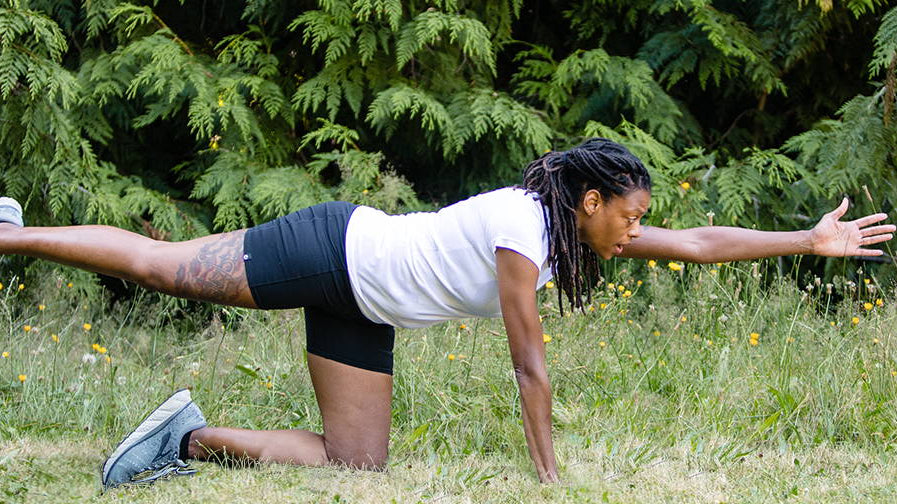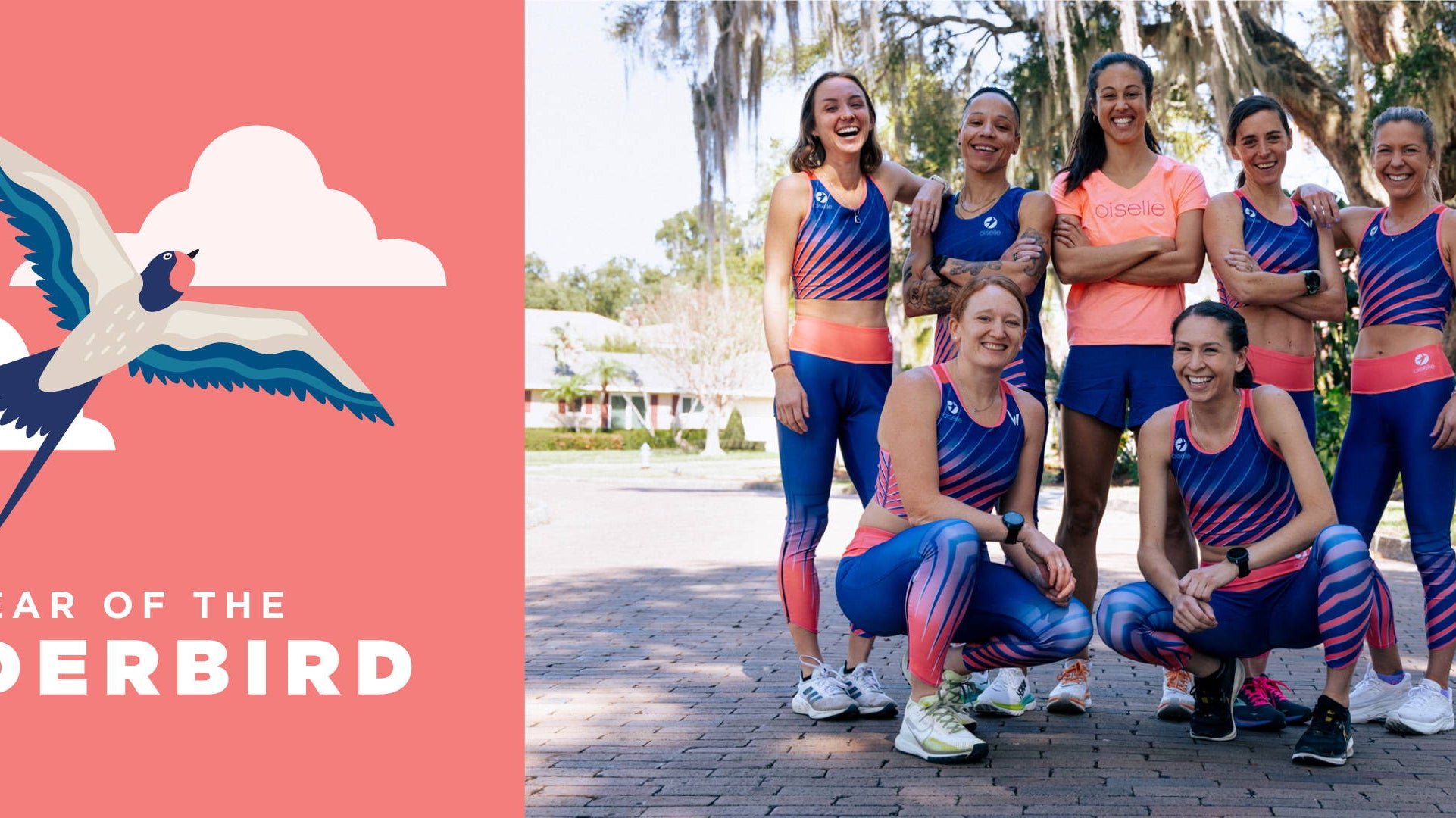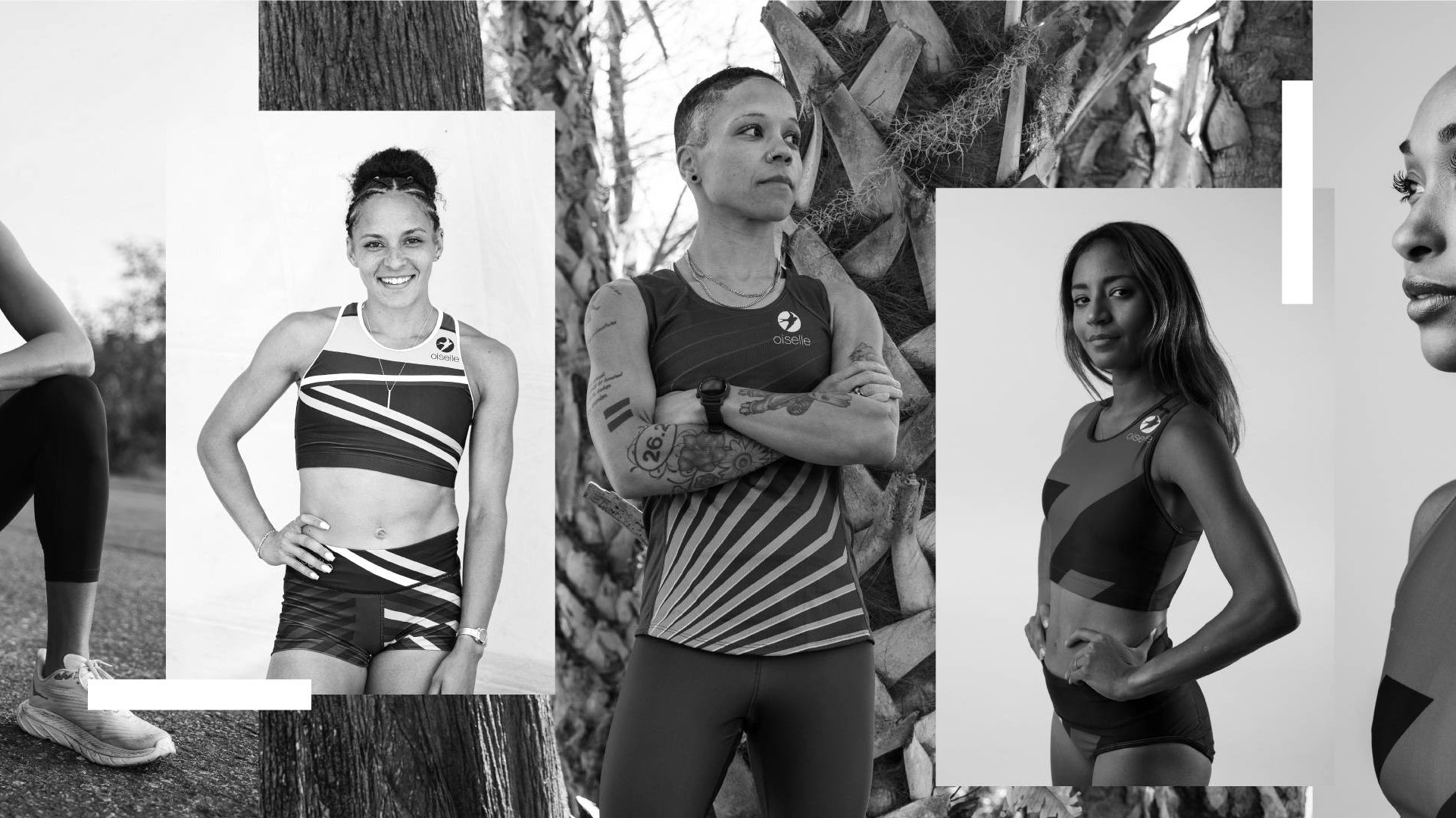
We all know that working out gets results. What most of us overlook is that working in also gets results.
Runners are aware that recovery is important. From cooldown routines to meditation apps to self-massage tools, the means to aid the process have gained consideration and adoption in recent years. This is a step in the right direction, but the misconception remains that recovery is automatic on “rest days” and a separate, less important endeavor that happens by default when we’re not working out. Moreover, social media is muddling the distinction between increasingly popular “self-care” and real athletic recovery.
The term “self-care” has always been really off-putting to me. There’s just something so flakey about it, conjuring up images of mani/pedis, wine-o-clock, and bubble baths with candles. Don’t get me wrong, I dig all of these things — a glass of wine, a long soak. I eat lots of kale and the amount of candles I burn is a legit fire hazard. Stuff like this is meant to be restorative and often times it is, but it’s no substitute for intentionally and effectively transitioning all of your biological systems from working to not working.
It feels more and more like the Instagram version of self-care is stealing the focus from activities that actually refuel us — and real recovery. And as noise about self-care gets louder, it’s increasing rather than easing the weight of our to do lists. Drink three liters of water, eat superfoods, sleep eight hours, sweat 30+ minutes a day… it starts to feel like an endless checklist rather than a meaningful restorative practice. We serve up self-care as more things to do, something we can earn as a treat once we’ve done all the things, and as a result they’re deprioritized and relegated to the weekend or vacation — or used to fill up our rest day schedule.
As a result, recovery remains one of the least planned, underutilized tools to optimize performance.

The reality is that real recovery takes a lot more than foam rolling or post-workout refueling. It requires you to calm and balance your nervous system, which doesn’t happen by default when you’re not training. If you have trouble sleeping, don’t feel rested after weekends, or find relaxation elusive even when you have time to chill, then you know what I’m talking about. Treating self-care as more tasks to do is like running to stand still, and is more likely to drain your energy than facilitate an effective transition from effort to ease.
So I use another word for self-care: Working IN.
The distinct moment of relief when the run is done, the simultaneous agony and ecstasy of completing an effort that literally collapses you, the two minutes of anticipation for the day ahead while you wait for your coffee to brew… I believe these are the moments that hold the greatest potential for working IN — to recover, to take care of yourself, and to optimize everything you do — if you fully engage in them. And the more you pay attention and respond accordingly, the more you’ll default to balance and discover your innate ability to relax as you work, to recognize the moments when you most need to pause, and to recharge effectively in that time — whether two minutes or two hours.
You don’t need to do more, or more time, to take care of yourself, feel better, and ultimately perform better. Working IN can happen every time you take a deep breath in, a slow breath out… you just have to pay attention. And then notice the difference.

You know how to work out. But how do you work IN?
Erin’s new book, Work IN: The Athlete’s Plan for Real Recovery and Winning Results, comes out in mid-December. Download a free preview and order your copy here.












